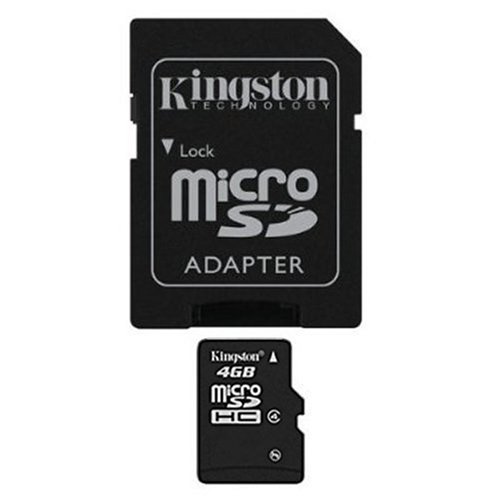The class ratings are a measure of the speed at which data can be written to the card. They start at "class 2" and go up to about class 10 (AFAIK). A class 2 card is slowest and a class 10 is fastest to write data to. Why is this important?? Because the faster the camera can write the data to the card, the less "dropped frames" you get, and therefore the smoother the recording. Slow cards can be "outrun" by the camera, and when that happens, basically it just says "ditto" the last frame on the next frame occasionally during recording so the card doesn't get hopelessly left behind by the camera... this can appear as a "stutter" or jerk in motion of the playback. A class 4 better yet a class 6 card should be plenty fast, but a class 10 is the absolute "best insurance" that card write speed won't be the limiting factor-- but of course the camera won't write to ANY card faster than the camera can actually process the data, regardless of the card's capabilities. Hence, some micro-cams are better than others-- some have a high rate of dropped frames regardless, simply due to cheap electronics. The "gumpack" cams are some of the worst, which is why the "keyfob" cams are much more popular.
Of course the gigabyte rating of the card is a measure of the volume of data that can be stored on the card... you can get an idea of filesize by looking up the cam's "megabytes per second" of recording time... of course the bigger the card, the more files you can record to it before you have to download and delete them off the card to make more room...
Of course, the bigger the class and gb rating of the card, the more expensive it is, and the possibility always exists that the camera and rocket get lost, hung on a power line or top of a tree, splash down in the one water hole in the vicinity of the launch site, etc... so of course it's a matter of how much you're willing to risk...
The other issue is, beware of cheap cards from Asia... there was an article on the Chuck Lohr website about the 808 cameras that showed that many of the cheap cards from Fleabay and elsewhere are substandard or faulty, and while they may have their markings altered or their "properties" in windows might TELL you they're a class 8 or 10 or whatever, or even that they're a 4 gb card or whatever, when one actually runs speed tests on them or checks when the card is full they may well find they paid for what is basically a class 2 card with 2 gb of memory... buyer beware! I'd recommend that if you're buying a high-dollar high-speed and large volume card, that you stick with reputable vendors... you get what you pay for and usually if something's too good to be true, it usually is!
Later and good luck! OL JR







